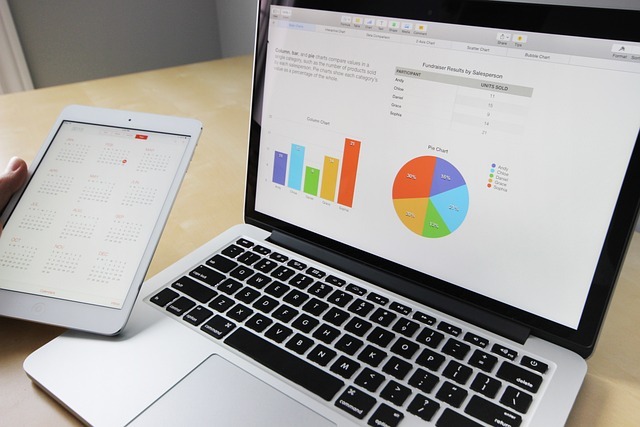DISCUSSION POINTS ON FOREX ANALYSIS METHODS:
- To forecast market moves and examine patterns, traders often utilize one of three broad forms of forex analysis.
- To suit their personalities and trading styles, traders often use one or a mix of FX analysis techniques.
- It might be helpful to find trades using the analytical technique in a forex practice account.
There are many different techniques to examine the FX market to prepare for trading. Although there are many different types of analysis, traders should make their research simple enough to spot potential trading chances.
The three most popular forex analysis methods—fundamental, technical, and sentiment analysis—are examined in this article and how they influence trading strategies. After that, it is up to each trader to choose the analysis best matches their trading style.

THE 3 MOST COMMON FOREX MARKET ANALYSIS TYPES:
1) Fundamental
The currency’s interest rate is at the core of most forex fundamentals. This is because interest rates significantly impact the foreign exchange market. These include the gross domestic product, inflation, manufacturing, and economic growth activities, among other vital variables. The impact those other fundamental releases have on the interest rate of that nation is more significant than whether they are positive or negative.
When analyzing fundamental data, traders should consider how interest rates may change. Money follows yield (currency that gives a higher interest rate) when investors are in a risk-seeking mentality, and higher rates can indicate more investment. Risk-averse investors will forgo income in favor of safe-haven currencies.
2) Technical
Forex technical analysis examines trends in price history to identify the most likely time and location to start and exit a transaction. As a consequence, technical analysis is one of the most often employed methods of analysis in the forex market.
FX is one of the biggest and most liquid markets. Therefore, price action fluctuations on a chart often reveal hidden supply and demand levels. Examining the price chart can also reveal other patterns, such as which currencies are trending the strongest. The GBP/USD chart below illustrates this, with the US dollar gaining versus the British pound.

Indicators may be used to undertake further technical research. Since employing indicators makes forex trading easier and the signals are straightforward to comprehend, many traders prefer using them.
The relative merits of technical and fundamental analysis in forex are hotly contested. There is no definitive answer to the issue of whether the style of analysis is superior, although traders often use one or both in their research.
3) Sentiment
Another widespread kind of study is that of currency sentiment. When sentiment is strongly biased in one way, it indicates that most traders have already taken that position.
An illustration clarifies this further. Assume that the majority of traders and investors are optimistic about the Euro. They believe that the Euro will increase. People express their opinions via their trading.

Since we know a sizable group of traders who have previously bought, these purchasers serve as a potential supply of sellers in the future. We know this since they will ultimately want to complete the deal. If these purchasers turn around and sell to finish their transactions, the EUR to USD is now susceptible to a swift decline.
HOW TO USE FOREX TECHNIQUES IN YOUR TRADES?
Traders might use a combination of the three methods of forex market analysis. This may be accomplished by:
- Using fundamental analysis to identify long-term trends.
- Identifying appropriate entry opportunities with the use of technical analysis and related indicators.
- Using customer emotion as the last check box before entering the deal.
Here are detailed examples of how to use the three analytical methodologies to analyze trends in the forex market:
1) Use fundamentals to help you detect a long-term trend:
Analysis of a nation’s GDP, interest rate, and inflation rate provides information about the health of that nation’s economy and, therefore, the value of its currency. For instance, the US dollar will seem appealing if the country starts a cycle of interest rate increases. The USD value will be supported if enough traders and investors purchase US dollars.
2) Use good technical analysis to identify market entries:
Traders may identify the best market entrance using various time frame research and indicators like the MACD or Relative Strength Index.
3) Consider the client’s feelings:
The net number of long or short traders and the difference in net short/long movements are two ways traders might gauge customer mood. However, the key lesson is that retail customers often trade against established trends, making client mood a contrarian indicator.

